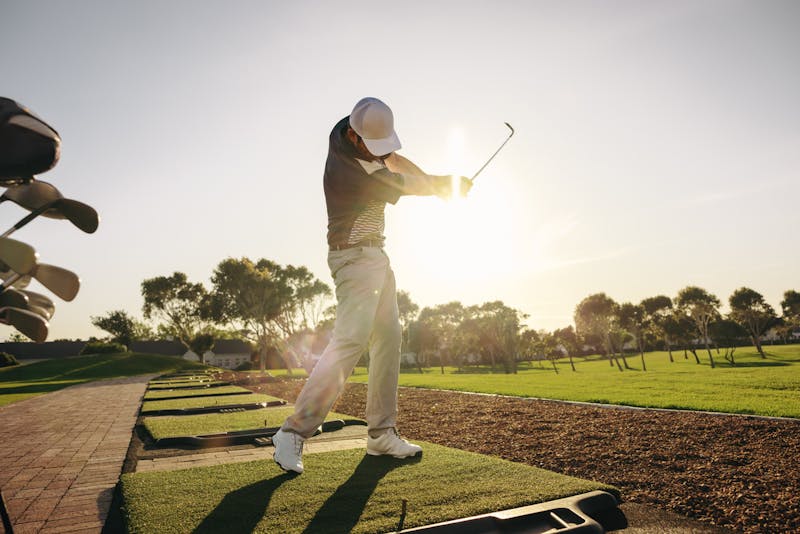
Golfer’s elbow, medically known as medial epicondylitis, is a common condition that causes pain and inflammation on the inside of the elbow. While the name suggests it only affects golfers, the reality is that it can impact anyone who repeatedly uses their forearm muscles — including athletes, manual laborers, musicians, and fitness enthusiasts.
At Hand to Shoulder Associates, we specialize in diagnosing and treating golfer’s elbow, helping patients regain strength and return to their daily activities with minimal discomfort.
What Is Golfer’s Elbow?
Golfer’s elbow occurs when the tendons that connect the forearm muscles to the inside of the elbow become inflamed or damaged due to overuse. This condition is similar to tennis elbow, which affects the outer elbow, but golfer’s elbow impacts the inner elbow and can cause discomfort that extends into the forearm and wrist.
Common Causes of Golfer’s Elbow
- Overuse during golf swings (hence the name)
- Repeated throwing motions in sports like baseball
- Heavy lifting or repetitive gripping
- Activities involving frequent wrist flexion, such as gardening, typing, or painting
Signs and Symptoms
- Pain and tenderness on the inner elbow
- Stiffness in the elbow joint
- Weakness in the hands and wrists
- Tingling or numbness in the fingers
- Pain that worsens with certain wrist or forearm movements
Diagnosis of Golfer’s Elbow
At Hand to Shoulder Associates, our specialists begin with a thorough examination of your elbow, wrist, and forearm. This may include:
- A detailed discussion of your medical history and activity level
- Physical examination to assess pain, strength, and range of motion
- Imaging tests such as X-rays or MRI to rule out other causes
Accurate diagnosis is essential to ensure the correct treatment and prevent further injury.
Treatment Options for Golfer’s Elbow
Treatment for golfer’s elbow typically begins with non-surgical approaches designed to reduce inflammation, relieve pain, and restore function.
Non-Surgical Treatments
- Rest and Activity Modification: Avoiding movements that trigger pain
- Physical Therapy: Stretching and strengthening exercises to improve flexibility and tendon strength
- Bracing or Splinting: To relieve stress on the affected tendon
- Medications: Anti-inflammatory drugs to manage pain and swelling
- Regenerative Therapies: Platelet-rich plasma (PRP) or stem cell injections to promote healing
Surgical Treatments
If symptoms persist despite conservative care, surgical options may be considered. Surgery can involve tendon repair or release to restore function and relieve pain.
Preventing Golfer’s Elbow
- Using proper technique during sports and activities
- Regular stretching and strengthening exercises for the forearm
- Avoiding overuse and giving your arm time to rest
- Using ergonomic tools and equipment when possible
Get Expert Golfer’s Elbow Treatment in Chicago
If you’re experiencing persistent elbow pain, don’t ignore it. Early intervention can prevent chronic problems and get you back to your favorite activities faster. At Hand to Shoulder Associates, our fellowship-trained orthopedic specialists offer personalized golfer’s elbow treatment plans that address your needs and help you recover with confidence.
Schedule a consultation today to learn more about golfer’s elbow treatment options in Chicago.
